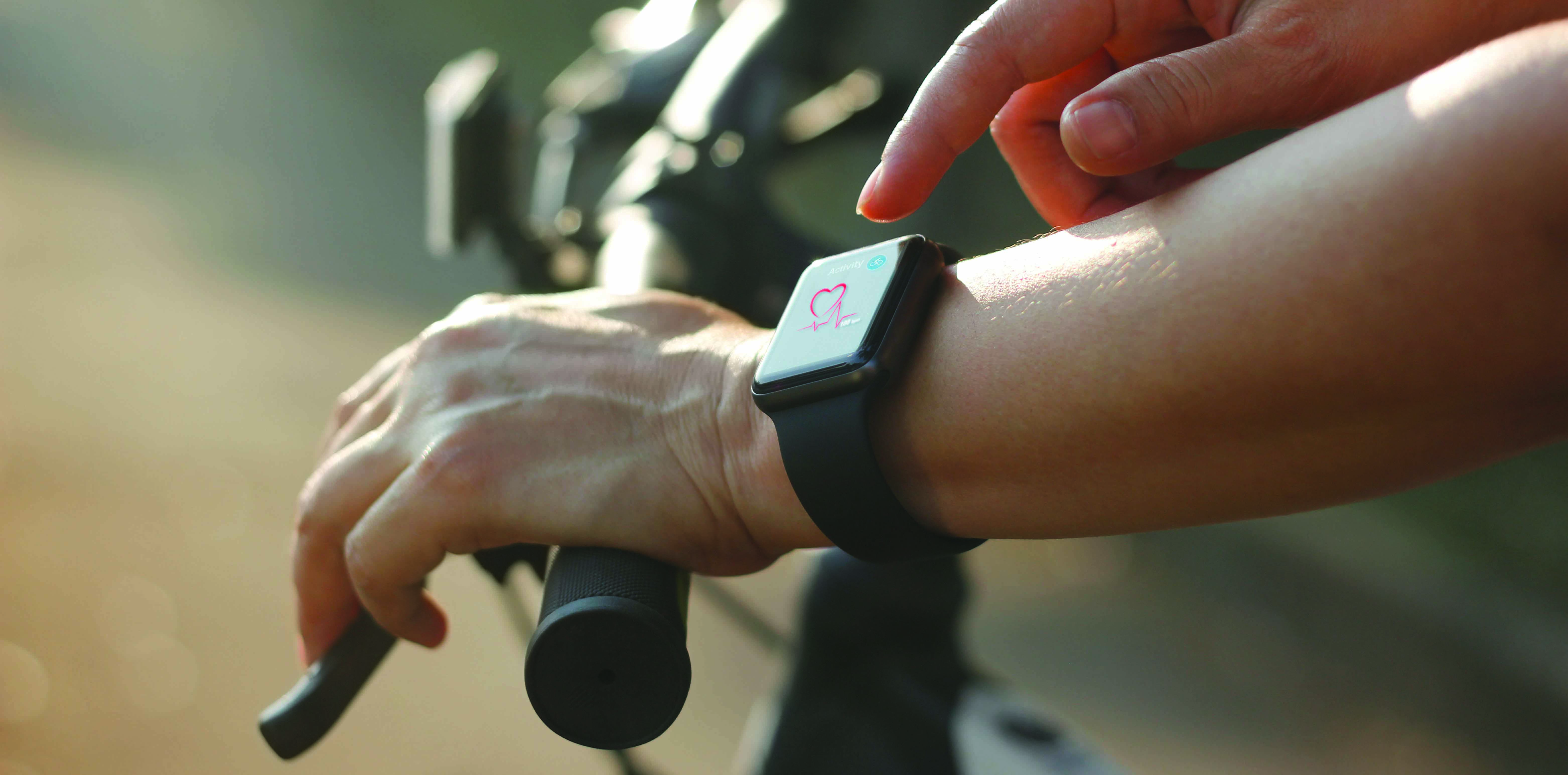Wearable devices are increasingly inching their way into medicine, but how useful are they really?
An industry-funded study has shown that Apple Watches can catch undiagnosed atrial fibrillation (AF).
Around 400,000 Americans who owned iPhones and Apple watches were recruited into the study through an app. Once consent was given by the participants, Apple activated the irregular pulse notification algorithm on their Apple watches.
The pulse was monitored for around 100 days with a photoplethysmography sensor, which uses light to measure changes in blood flow.
Around 2,000 study participants (0.52%) received notifications of irregular pulse and were mailed an ECG patch to wear for seven days.
Of the 450 participants who returned the ECG patches, 153 (34%) were diagnosed with AF.
The watch continued to look for irregular pulse signals while the patients were wearing the ECG patch, which allowed the researchers determine that the positive predictive value of their algorithm was 0.84, which is reasonably high.
“We believe that these data support the ability of the algorithm to correctly identify atrial fibrillation in users whom it notifies of irregular pulses,” the Stanford University researchers said. “Rigorous investigation of this technology and of its use in a clinical setting is needed.”
Dr Geoff Toogood, a cardiologist based in Melbourne, said wearable technology could solve some of the issues with AF detection, but that the integration into clinical care would be difficult.
“Obviously, Apple will hype it,” he said. “But it still needs more rigorous investigation … to put it into a clinical context.”
Professor Diane Fatkin, a molecular cardiologist at the Victor Chang Cardiac Research Institute, said that the Apple watch was “one of a number of methods to ‘catch’ abnormalities of heart rhythm while they are occurring”.
AF can sometimes be difficult to detect in the doctor’s office because it’s often a paroxysmal condition.
“It is very common for people to experience these symptoms intermittently and by the time they get to a doctor, the pulse is normal again,” she said.
Out of the 153 patients who were diagnosed with AF in the Apple study, only 20% had continuous AF. Most patients had AF less than 50% of the time they were monitored.
Currently, patients with suspected AF are often given a Holter monitor to wear for 24 to 48 hours.
There are other smartphone-based products that consumers can buy to detect AF, such as AliveCor’s Kardiaband, which is marketed as an FDA-cleared “medical-grade ECG” that can detect AF in 30 seconds.
“Since only one third of the Apple watch-determined pulse irregularities were ultimately determined to be AF, it is important to do a follow up investigation to work out what is going on, and not initiate treatment on the basis of the watch results alone,” Professor Fatkin said.
“This is a user-friendly accessible way to investigate palpitations, but the pickup rate for AF is low overall. It may be most useful for people who have already experienced symptoms rather than for population screening in asymptomatic people.”
NEJM 2019, 14 November


